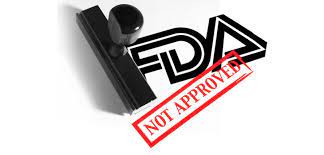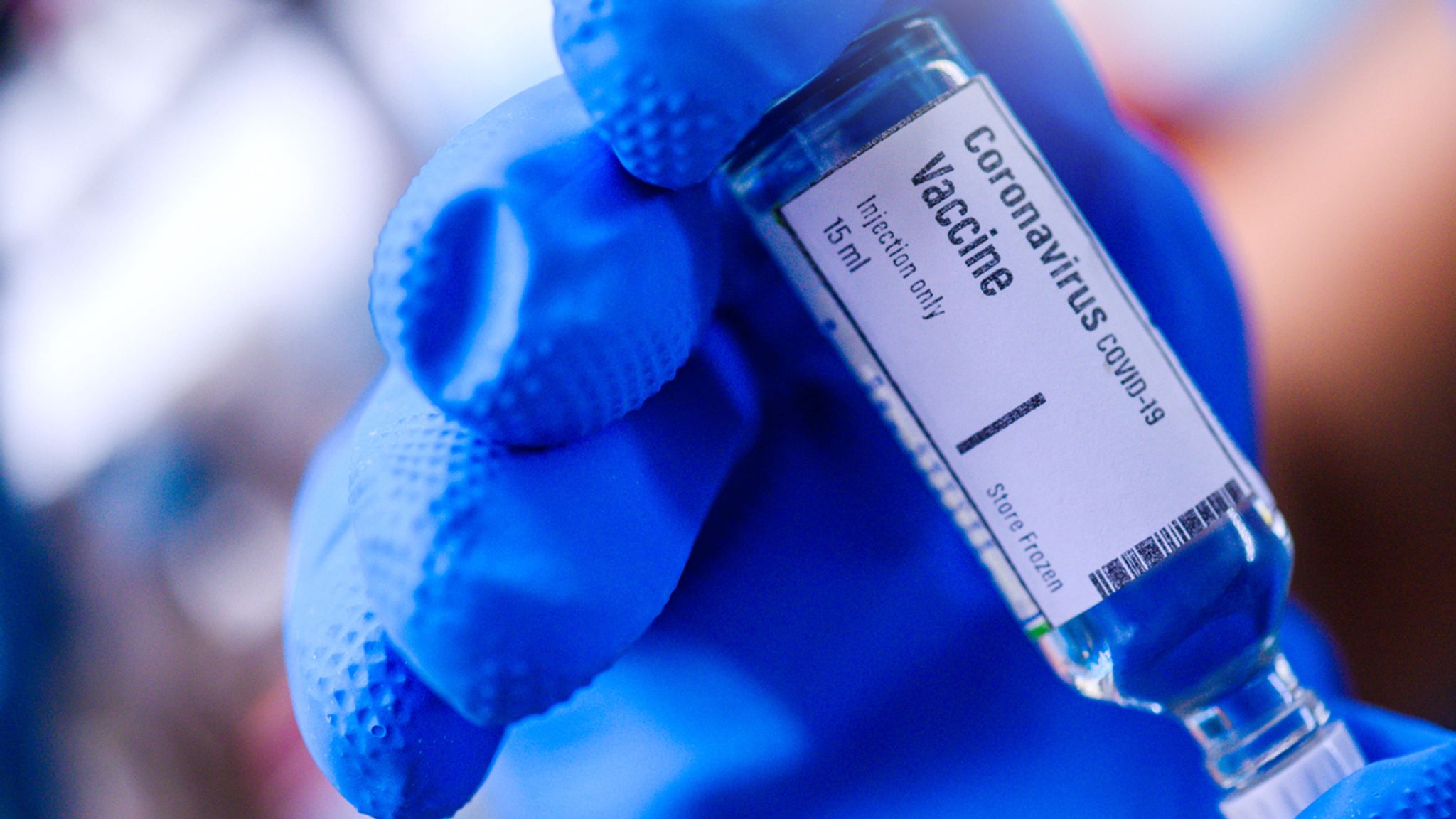Johnson & Johnson Vaccine May Increase Risk of Brain Blood Clots, Study Suggests
Researchers from the Mayo Clinic published their findings in the scientific journal JAMA Internal Medicine. They insisted that the higher rate of this rare adverse effect should be considered in the context of the formula’s efficacy in preventing COVID-19.
Johnson & Johnson’s COVID-19 vaccine would increase a person’s risk of developing rare brain blood clots , a new study published in the prestigious scientific journal JAMA Internal Medicine suggests
The study was conducted by researchers at the Mayo Clinic in Rochester, Minnesota, who compared data from the general population before the pandemic with data collected from vaccine side effects suffered by Americans.
In this way, they found that a person who received the Johnson & Johnson vaccine was 3.5 times more likely to develop blood clots in the brain than the average person before the pandemic.
Cerebral venous sinus thrombosis (CVST) is a known side effect of the J&J vaccine, and the discovery of this risk was the reason why use of the vaccine was stopped in April in the United States.
However, the team insists: ” The increased rate of this rare adverse effect must be considered in the context of the vaccine’s efficacy in preventing COVID-19 .”:quality(85)/cloudfront-us-east-1.images.arcpublishing.com/infobae/3MG2GA4SVJDPHOWXR6BLIFKRUI.jpg%20420w) Johnson & Johnson’s COVID-19 vaccine would increase a person’s risk of developing rare blood clots in the brain (EFE / Giuseppe Lami)
Johnson & Johnson’s COVID-19 vaccine would increase a person’s risk of developing rare blood clots in the brain (EFE / Giuseppe Lami)
The researchers collected pre-pandemic data from Olmstead, County, Minnesota, a county of about 158,000 people from 2001 to 2015. They then used the Centers for Vaccine Adverse Event Reporting System (VAERS). the Disease Control and Prevention (CDC) to find diagnoses of blood clots in people who received the J&J vaccine between the approval date in late February 2021 and May 7.
They found 46 CVST reports in VAERS after receiving the J&J vaccine, although eight were removed from the group for being duplicate reports or for not having been professionally diagnosed. Therefore, a total of 38 cases related to the J&J vaccine were detected , with more than 70% among women.
This implies 8.65 cases per 100,000 people, a rate 3.5 times higher than that of the general population.
They also found that there is an increased risk of developing this adverse affect within the first 15 days after receiving the injection, and that women are at greater risk if they are between 30 and 64 years old.:quality(85)/cloudfront-us-east-1.images.arcpublishing.com/infobae/7ACSM6TRIFH5HE7OS573XNNCZA.jpg%20420w) They also found that there is an increased risk of developing this adverse affect within the first 15 days after receiving the injection (EFE / Etienne Laurent / Archive)
They also found that there is an increased risk of developing this adverse affect within the first 15 days after receiving the injection (EFE / Etienne Laurent / Archive)
J & J’s single-dose vaccine was highly anticipated for its single-use formulation, and was also widely used by tourists who traveled for a few days to the United States . However, its launch was affected by a number of manufacturing problems and some rare but serious side effects, such as a blood clot disorder and a neurological reaction called Guillain-Barré syndrome. In both cases, regulatory bodies decided that the benefits of the injection outweighed the risks.
Rival pharmaceuticals Pfizer and Moderna have supplied the vast majority of COVID-19 vaccines in the United States. More than 170 million Americans have been fully vaccinated with the two doses from these companies, while fewer than 15 million Americans received the J&J vaccine.


